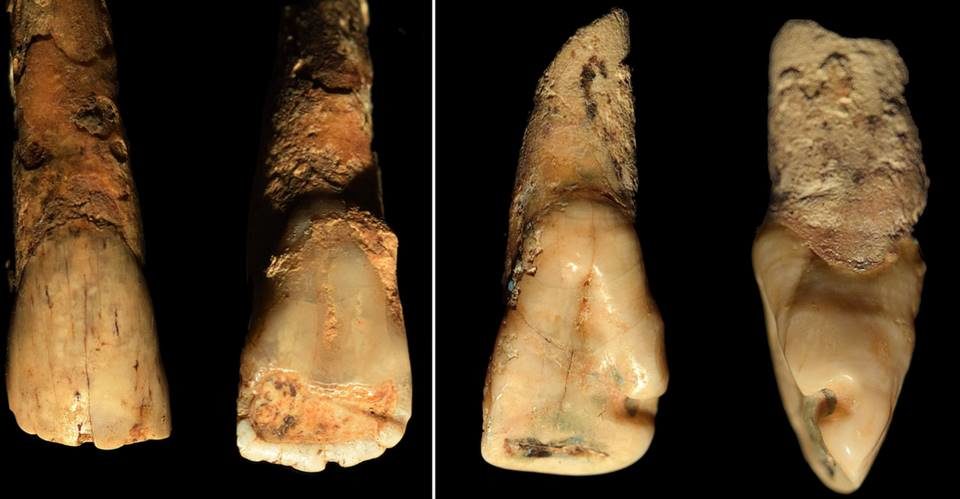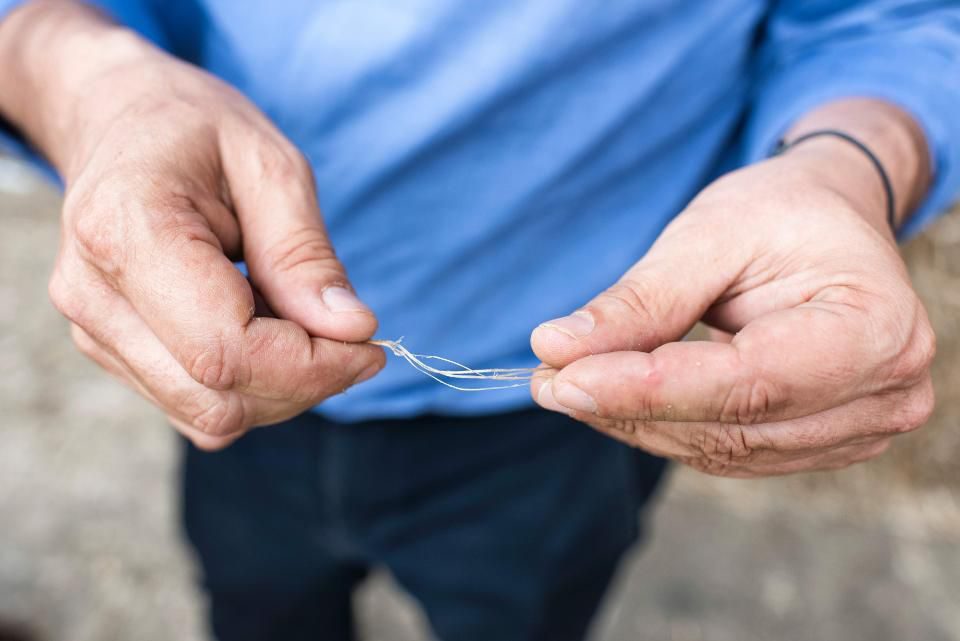
We all use our teeth as tools -- to open bottles, hold pieces of paper, or even smoke a pipe. When we do this, we open ourselves up to the possibility of cracking our teeth but also create microscopic grooves and injuries to the enamel surface. Since teeth don't remodel like bones do, these tiny insults remain over our entire lives.
To archaeologists, the pattern of tooth use that occurs from actions other than chewing is called AIDM -- activity-induced dental modification -- and can reveal cultural information about a person's life, diet, and occupation. For decades, archaeologists have investigated AIDM and found interesting patterns in Neandertals and other prehistoric human populations that are suggestive of ancient artifact production.
In a paper published yesterday in the American Journal of Physical Anthropology, a group of Italian and American researchers led by Alessandra Sperduti of the Museo delle Civiltà in Rome detail their analysis of more than 3,000 teeth from over 200 people who were buried in a cemetery at the Early Bronze Age (2500-1800 BC) site of Gricignano d'Aversa just north of Naples.

The researchers also analyzed the dental calculus -- calcified plaque that can trap microscopic pieces of food -- from 19 of the skeletons buried in the cemetery. All of the scanning electron microscope images of the calculus samples revealed a variety of inclusions, "but the most interesting find," they write, "is the evidence of three micro-fragments of fibers in two female individuals." The fiber fragments appear to be hemp (Cannabis sp.), and are a perfect match for the width of the tooth grooves.
It is unclear archaeologically exactly how old hemp production in ancient Italy is, since the fiber does not preserve well, but it was well known in Roman times. At the site of Gricignano d'Aversa, though, hemp was also found attached to a metal blade in the tomb of an adult male -- likely the remains of fabric sheath. This discovery of hemp in dental calculus and in a burial at the same site therefore speaks to the importance of the fabric and its manufacture in Bronze Age southern Italy.
Sperduti and colleagues conclude that "as more work is done analyzing dental calculus in a variety of humans, it is apparent that this biological material holds rich resources documenting non-dietary habits."
Kristina Killgrove, PhD anthropology, MA classical archaeology is a bioarchaeologist and science communicator. She routinely pores over the skeletons of ancient populations to learn about their health, diet, and lifestyles .For more ancient news, follow her on Twitter (@DrKillgrove),



Reader Comments
to our Newsletter